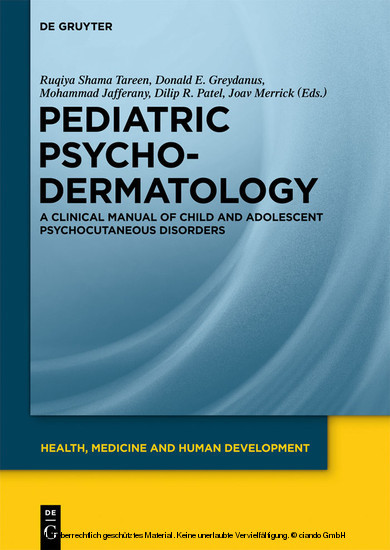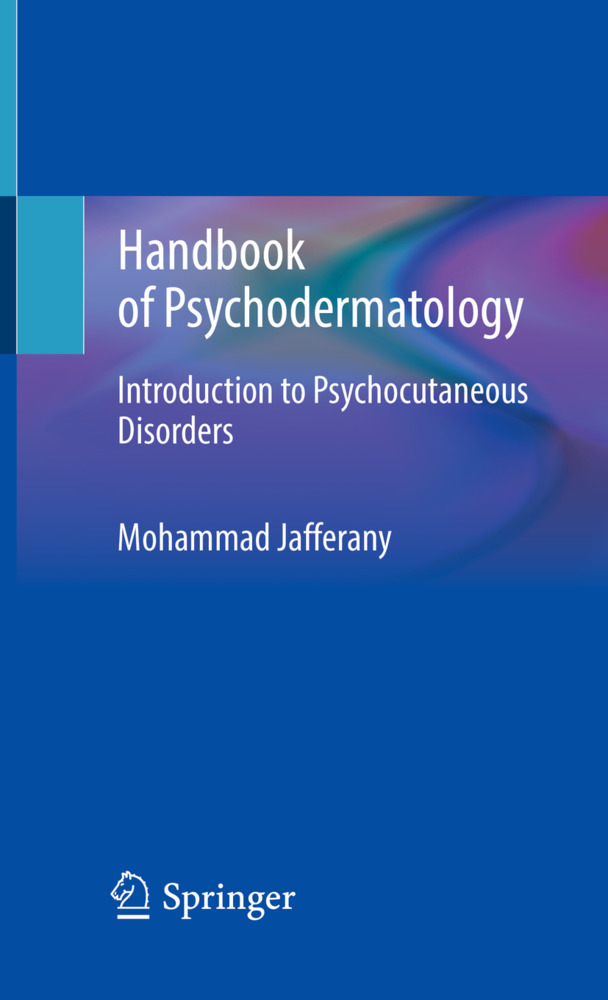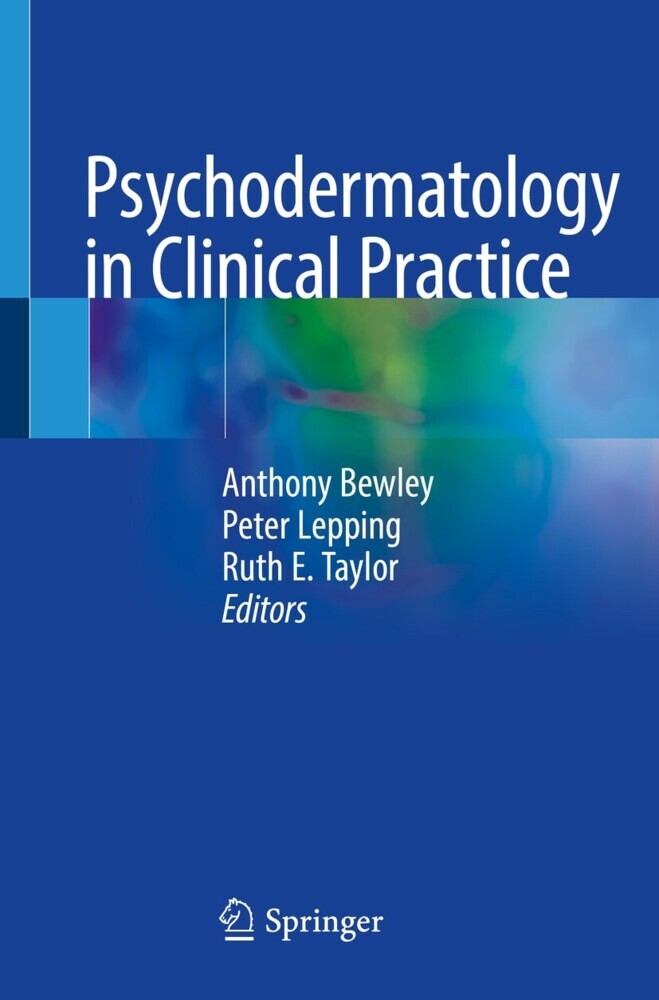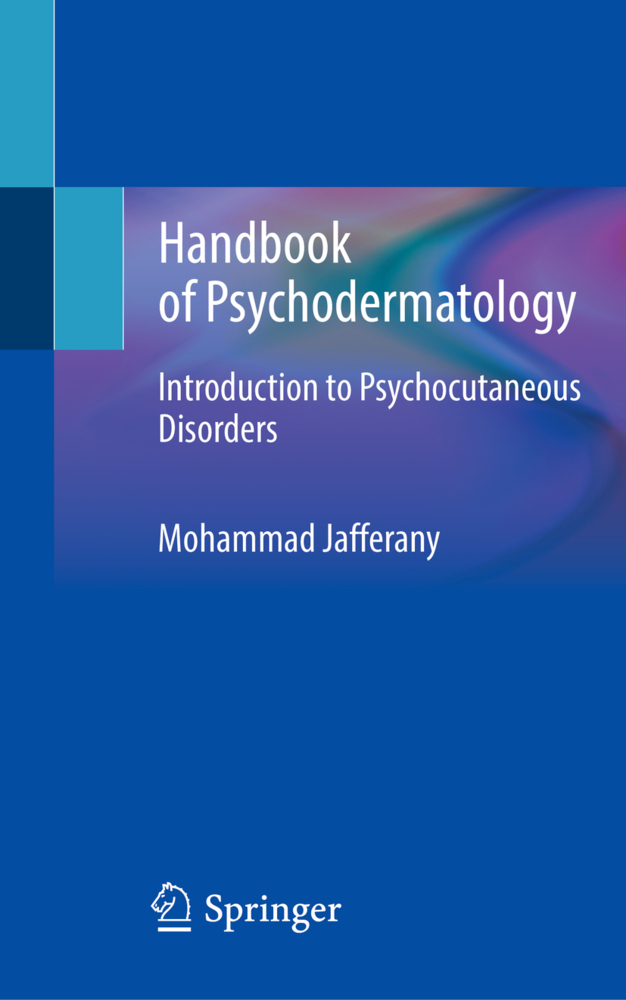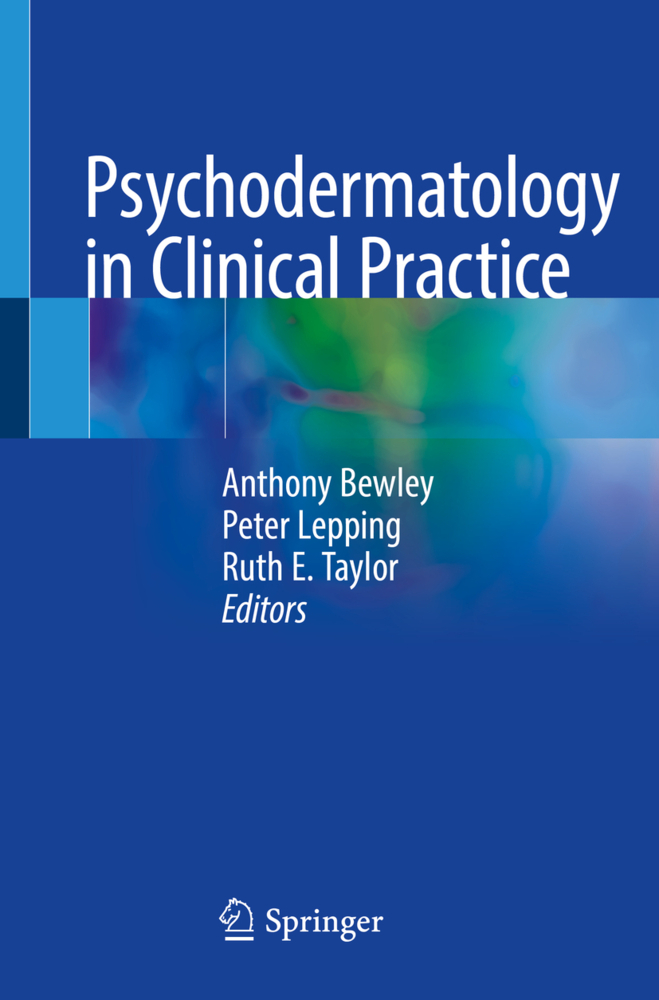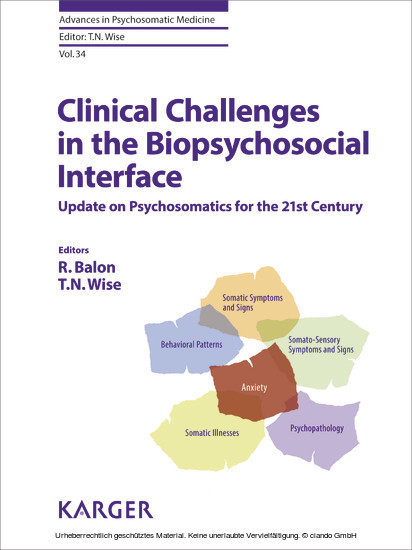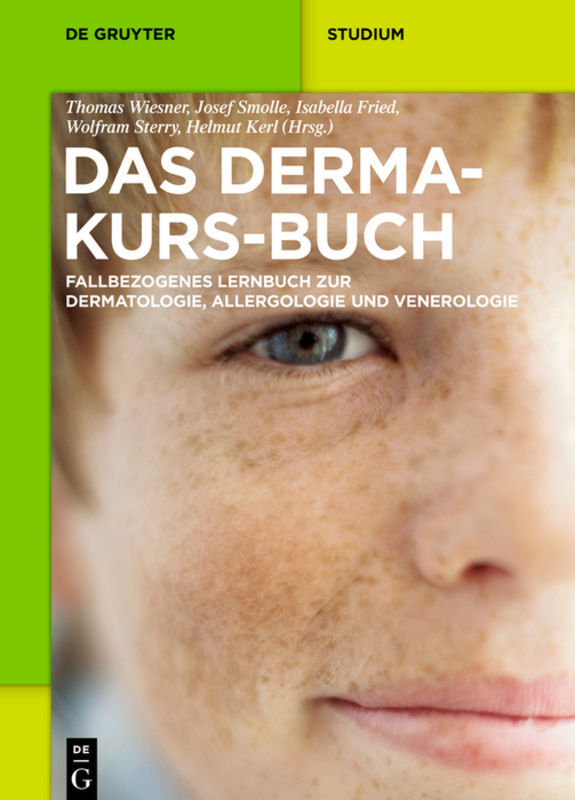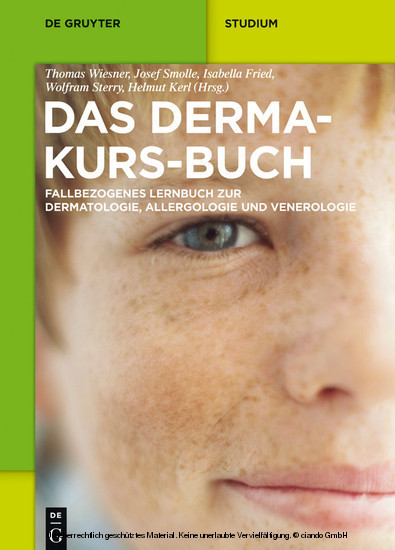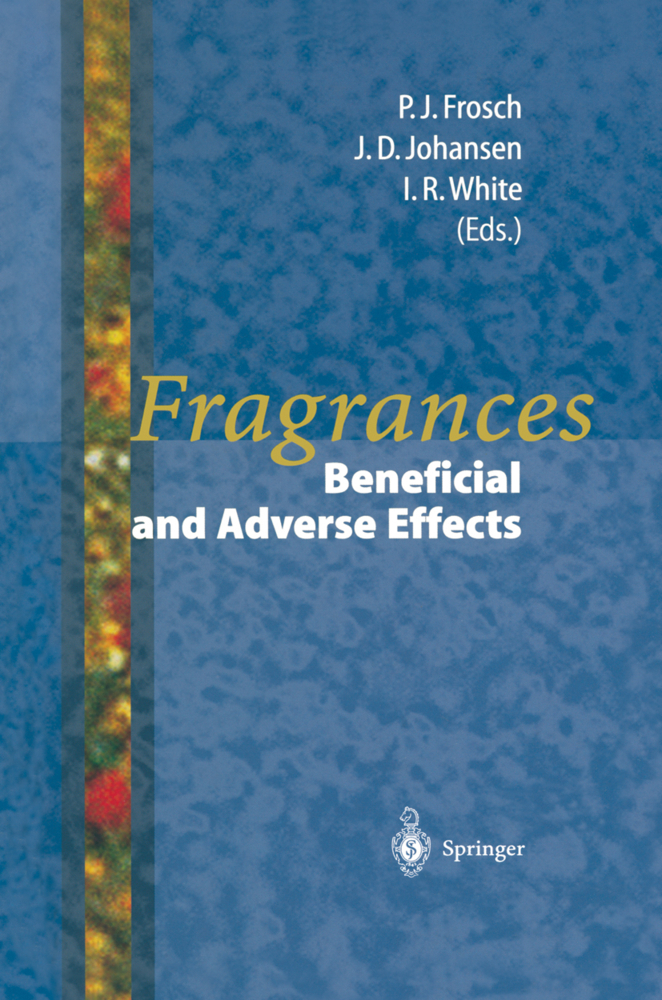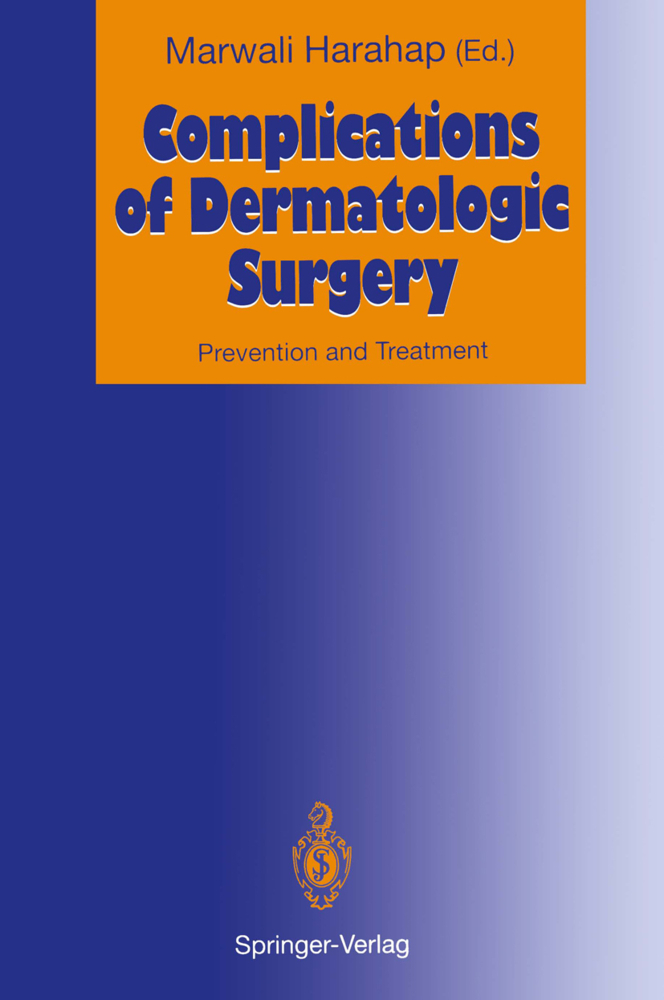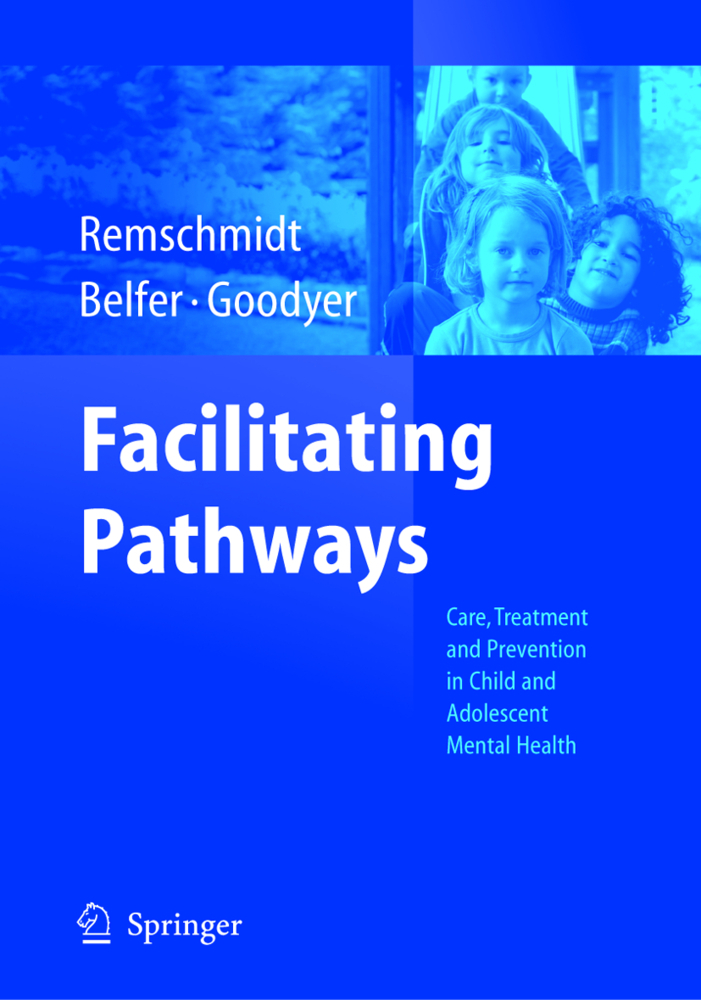Pediatric Psychodermatology
A Clinical Manual of Child and Adolescent Psychocutaneous Disorders
Psychodermatologic disorders comprise for up to one third of dermatologic conditions in different clinical settings. By virtue of their complex nature these disorders can be very difficult to treat and adversely impact long term outcomes. This book examines the bidirectional relationship between psychiatry and dermatology in children and adolescents. The informationarepresented in an easy to follow format to be used as a clinical reference by physicians and paramedical staff in various fields of medicine including pediatrics, primary care, internal medicine, psychiatry and dermatology.
1;Foreword I;23 2;Foreword II;27 3;Preface;29 4;Author index;37 5;Abbreviations;41 6;Part I: INTERFACE OF DERMATOLOGY AND PSYCHIATRY;47 6.1;1 Perspectives on management of pediatric dermatologie disorders;49 6.1.1;1.1 Introduction;49 6.1.2;1.2 Skin infections and infestations;49 6.1.2.1;1.2.1 Bacterial infections;49 6.1.2.2;1.2.2 Viral infections;61 6.1.3;1.3 HIV/AIDS;65 6.1.3.1;1.3.1 Non-infectious skin lesions;65 6.1.3.2;1.3.2 Bacterial infections in HIV;65 6.1.3.3;1.3.3 Viral infections in HIV;66 6.1.3.4;1.3.4 Fungal infections in HIV;66 6.1.3.5;1.3.5 Fungal infections;67 6.1.3.6;1.3.6 Topical antifungals;71 6.1.3.7;1.3.7 Infestations;72 6.1.4;1.4 Dermatitis;75 6.1.4.1;1.4.1 Irritant dermatitis;75 6.1.4.2;1.4.2 Dry-skin dermatitis;75 6.1.4.3;1.4.3 Seborrheic dermatitis;75 6.1.4.4;1.4.4 Allergic dermatitides;76 6.1.4.5;1.4.5 Idiopathic dermatitides;79 6.1.5;1.5 Hypersensitivity;79 6.1.5.1;1.5.1 Urticaria;79 6.1.5.2;1.5.2 Drug eruptions;81 6.1.6;1.6 Miscellaneous skin conditions;83 6.1.6.1;1.6.1 Acne vulgaris;83 6.1.6.2;1.6.2 Nevi;87 6.1.6.3;1.6.3 Papulosquamous disorders;90 6.1.6.4;1.6.4 Lichens;92 6.1.6.5;1.6.5 Psoriasis;95 6.1.7;1.7 Dermatologic manifestations of systematic disorders;98 6.1.7.1;1.7.1 Pruritus without rash;98 6.1.7.2;1.7.2 Inflammatory bowel disease (IBD);99 6.1.7.3;1.7.3 Erythema nodosum;99 6.1.7.4;1.7.4 Pyoderma gangrenosum;99 6.1.7.5;1.7.5 Less common skin manifestations;99 6.1.7.6;1.7.6 Management;99 6.1.8;1.8 Collagen vascular disease;100 6.1.8.1;1.8.1 Lupus erythematosus (SLE);100 6.1.8.2;1.8.2 Dermatomyositis;100 6.1.8.3;1.8.3 Juvenile idiopathic arthritis;100 6.1.8.4;1.8.4 Management;100 6.1.9;1.9 Endocrinologic disorders;101 6.1.9.1;1.9.1 Thyroid disorders;101 6.1.9.2;1.9.2 Diabetes mellitus;101 6.1.9.3;1.9.3 Adrenal disorders;101 6.1.9.4;1.9.4 Management;102 6.1.10;1.10 Hair and nails;102 6.1.10.1;1.10.1 Alopecia areata;102 6.1.10.2;1.10.2 Telogen effluvium;104 6.1.10.3;1.10.3 Androgenic alopecia;104 6.1.10.4;1.10.4 Trichotillomania;105 6.1.10.5;1.10.5 Traction alopecia;105 6.1.10.6;1.10.6 Hirsutism and hypertrichosis;105 6.1.10.7;1.10.7 Hair changes with systemic disease;106 6.1.10.8;1.10.8 Infection;106 6.1.10.9;1.10.9 Bacterial;108 6.1.10.10;1.10.10 Fungal;109 6.1.10.11;1.10.11 Onychodystrophy;110 6.1.10.12;1.10.12 Nail changes with systemic and nutritional disorders;111 6.2;2 Psychoneuroimmunology and other interactions between skin and psyche;115 6.2.1;2.1 Introduction;115 6.2.1.1;2.1.1 History of psychodermatology;116 6.2.1.2;2.1.2 Classification of psychodermatologic disorders;118 6.2.1.3;2.1.3 Psychological perspective of skin;118 6.2.1.4;2.1.4 Skin, mind, and the embryological embrace;120 6.2.2;2.2 Psychoneuroimmunology;121 6.2.2.1;2.2.1 Neuroendocrine response to stress;121 6.2.2.2;2.2.2 Immune response and central nervous system;122 6.2.2.3;2.2.3 Immune response and peripheral nervous system;123 6.2.2.4;2.2.4 Immune response and skin disease;123 6.2.2.5;2.2.5 Immune response and psychiatric disease;125 6.2.3;2.3 Conclusion;126 6.3;3 A clinician's approach to psychocutaneous diseases in adolescents: Untying the Gordian knot;129 6.3.1;3.1 Introduction;129 6.3.1.1;3.1.1 History taking skills in adolescent patients;129 6.3.2;3.2 Interviewing the adolescent patient;131 6.3.2.1;3.2.1 Confidentiality;133 6.3.2.2;3.2.2 Parental confidentiality;133 6.3.2.3;3.2.3 Health questionnaires;133 6.3.2.4;3.2.4 Interview techniques;134 6.3.2.5;3.2.5 Active listening skills;135 6.3.3;3.3 Concepts of the physical examination;136 6.3.4;3.4 Successful management of the adolescent patient;136 6.3.4.1;3.4.1 Informed consent;136 6.3.4.2;3.4.2 Shared decision makings;137 6.3.4.3;3.4.3 Improving compliance;138 6.3.5;3.5 Conclusion;138 6.4;4 Quality of life issues in children and adolescents with dermatological conditions and their wider impact on the family and society;141 6.4.1;4.1 Introduction;141 6.4.2;4.2 Pediatric quality of life and its assessment;142 6.4.3;4.3 Skin disease and quality of life;143 6.4.3.1;4.
Tareen, Ruqiya Shama
Tareen, Ruqiya Shama
Greydanus, Donald E.
Greydanus, Donald E.
Jafferany, Mohammad
Jafferany, Mohammad
Patel, Dilip R
Patel, Dilip R
Merrick, Joav
Burns, Elizabeth A.
Finlay, Andrew
Barrett, Meagan
Baselga, Eulalia
Basra, Mohammad Khurshid Azam
Calles Jr., Joseph L.
Feinberg, Arthur N
Freudenmann, Roland W.
Hafeez, Zeba Hasan
Heller, Misha M.
Howard, Josephine L.
Kamboj, Manmohan K.
Lepping, Peter
Marron, Servando E.
Mostaghimi, Ladan
Murase, Jenny
Pratt, Helen
Reich, Adam
Ros, Sandra
Shenefelt, Philip D.
Shwayder, Tor A.
Szepietowski, Jacek C.
Takahashi, Stefani
Tareen, Anam Nisar
Tempark, Therdpong
Tomas-Aragones, Lucia
| ISBN | 9783110273939 |
|---|---|
| Artikelnummer | 9783110273939 |
| Medientyp | E-Book - PDF |
| Copyrightjahr | 2013 |
| Verlag | Walter de Gruyter GmbH & Co.KG |
| Umfang | 596 Seiten |
| Sprache | Englisch |
| Kopierschutz | Digitales Wasserzeichen |

